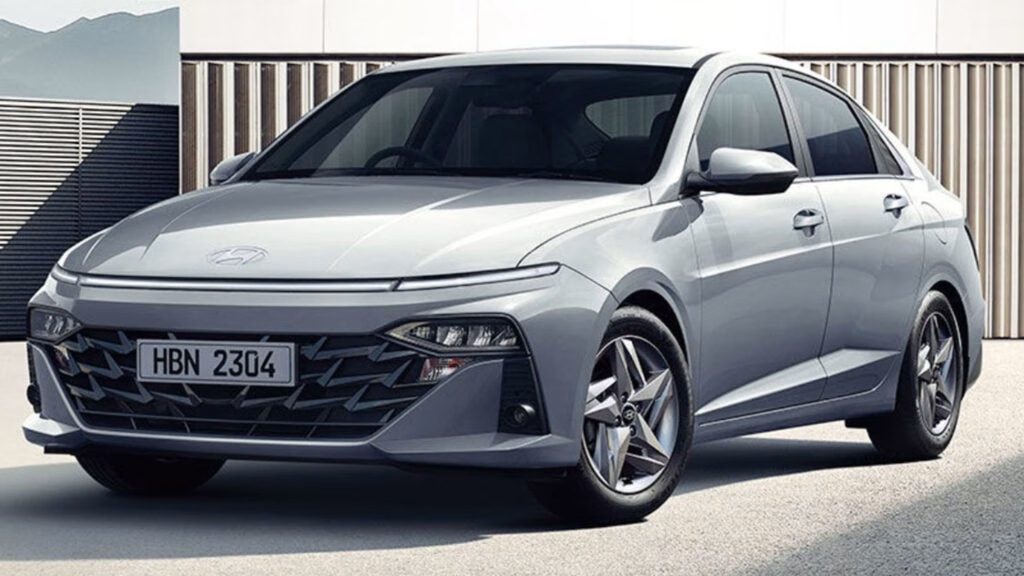Why Are Hyundai and Kia Gaining So Much Ground in Saudi Arabia?
If you’ve been following the Saudi car market, you might have noticed a big shift: Hyundai and Kia are now snapping at Toyota’s heels, holding a combined 23 percent of new car sales in the Kingdom. That’s no small feat, especially in a market long dominated by Japanese brands. So what’s fueling this rapid rise?
It comes down to a mix of smart local investments, a keen understanding of what Saudi drivers want, and a willingness to adapt. Both Hyundai and Kia have doubled down on affordability and reliability—two things that matter a lot to families and young professionals alike. The Hyundai Accent, for example, has become a familiar sight on Saudi roads, with 19,080 units sold in just the first half of 2025. Kia’s Pegas sedan isn’t far behind, moving 15,530 units in the same period. These numbers aren’t just impressive—they’re a clear signal that the Korean duo knows how to win over local buyers.
Which Models Are Driving Hyundai and Kia’s Success?
Let’s get specific. The Hyundai Accent is leading the charge for Hyundai, while the Kia Pegas is the top pick for Kia fans. Both are compact sedans, prized for their fuel efficiency, low maintenance costs, and user-friendly tech. In a market where practical daily drivers are in high demand, these models hit the sweet spot.
But the story doesn’t end with sedans. Kia is about to shake things up even more with the upcoming launch of the Tasman pickup in the third quarter. Pickups are a staple in Saudi Arabia, used for both work and leisure. If the Tasman lands with the right pricing and features, it could be a game-changer—especially as more Saudis look for alternatives to the usual suspects.
How Close Are Hyundai and Kia to Overtaking Toyota?
Toyota still leads with a 28 percent market share, but the gap is closing fast. Hyundai and Kia’s 23 percent share means they’re within striking distance, and the momentum is clearly on their side. For context, out of 412,920 vehicles sold in Saudi Arabia in the first half of 2025, nearly a quarter wore a Hyundai or Kia badge.
It’s not just about sales numbers, though. The Korean brands are investing heavily in local infrastructure, which signals long-term commitment. That’s something buyers notice. When a brand builds factories and creates jobs locally, it earns trust—and that trust often translates into sales.
What’s the Impact of Local Manufacturing in Saudi Arabia?
Here’s where things get really interesting. Hyundai recently broke ground on a new factory in Saudi Arabia, thanks to a joint venture with the country’s Public Investment Fund (PIF), which holds a 70 percent stake. This isn’t just a symbolic gesture—the facility, set to open in late 2026, will have the capacity to produce 50,000 vehicles a year, including both electric and combustion engine models.
Local manufacturing means shorter delivery times, more customization options, and potentially lower prices for consumers. It also aligns with Saudi Arabia’s Vision 2030 plan, which aims to diversify the economy and build up local industries. The government’s majority stake in Lucid Motors and its support for Hyundai’s expansion show a clear strategy: make the Kingdom a regional automotive powerhouse.
Are Chinese Brands a Threat to Hyundai and Kia’s Growth?
While Hyundai and Kia are making headlines, Chinese automakers are quietly gaining ground, too. Collectively, Chinese brands now account for 12 percent of Saudi car sales—a figure that’s been steadily rising. They’re winning over buyers with aggressive pricing and a growing reputation for quality.
Still, Hyundai and Kia have a head start when it comes to brand recognition and after-sales support. Their established dealer networks and service centers give them an edge, at least for now. But the competition is heating up, and the next few years will be telling.
What Does This Mean for the Future of the Saudi Car Market?
Saudi Arabia is quickly becoming a battleground for global automakers. With the government’s push to attract foreign investment and build local manufacturing capacity, the market is more dynamic than ever. The arrival of the Kia Tasman pickup, the expansion of Hyundai’s local plant, and the steady rise of Chinese brands all point to a future where buyers have more choices—and better deals—than ever before.
For consumers, this is great news. More competition means better cars at better prices, plus a wider range of options, from budget-friendly sedans to high-tech EVs. For the industry, it’s a wake-up call: adapt or get left behind.
The big takeaway? Winning in Saudi Arabia’s car market isn’t about perfection—it’s about smarter adjustments. Start with one change this week, and you’ll likely spot the difference by month’s end.

